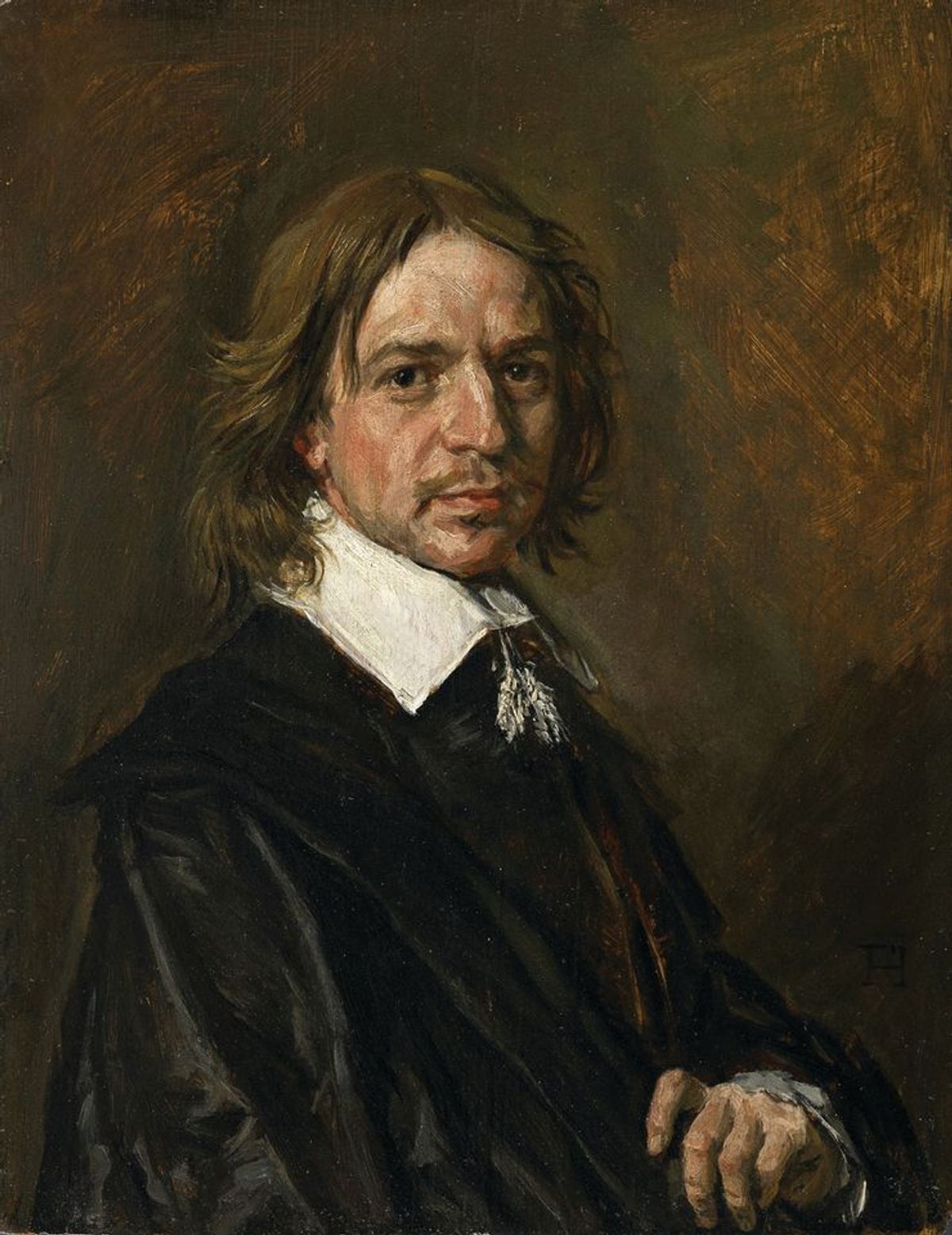The London Court of Appeal yesterday upheld the decision that the investment company Fairlight Art Ventures will have to repay Sotheby’s the remainder of the price of an allegedly forged portrait attributed to Frans Hals. The judgement came surprisingly early, less than two weeks after the appeal hearing, which was brought by Fairlight.
The portrait of an unknown man was bought for €3m in 2010 by Fairlight and the London-based dealer Mark Weiss from Giuliano Ruffini, who has since become the prime suspect of a French criminal investigation into a huge group of suspected fake Old Masters that have infiltrated the market in recent years. The painting was then sold for $10.75m to the Seattle collector Richard Hedreen by private treaty through Sotheby's, which charged a 5% commission. Weiss and Fairlight each took an equal share of the proceeds.
When technical analysis by the laboratory Orion Analytical determined that the painting was “without any doubt a modern forgery“, Sotheby’s paid back the collector the full amount of the sale, before asking the two co-owners to refund their share. Both Fairlight and Weiss argued they were not committed to Sotheby’s decision to rescind the sale. However, in March 2019, just before the case first went to court, Weiss signed a settlement agreeing to pay Sotheby’s $4.2m.
In December 2019, London's Commercial Court ordered Fairlight to pay a net sum of $5.37m to Sotheby’s, plus interest and substantial legal fees (the total amount is not public). That judgement has now been confirmed by the Court of Appeal, which upheld Sotheby’s defence on all counts. The court considered that both Weiss and Fairlight were “committed as principals to the consignment of the property to Sotheby's" and therefore liable to the contractual right to rescind the sale, if the work appeared to be a forgery.
The court also confirmed that there was, at the time of the sale, "no general accepted view of the authenticity" of a "newly discovered painting which had no proper provenance, had not been published and had never been in an exhibition". The judgement added, in Sotheby's favour, that “it can take time after the first discovery of a work to reach" a consensus among experts and scholars.
As one of the judges said of this costly procedure, the law has "to fall on someone", as "obviously it did not fall on the forger".


